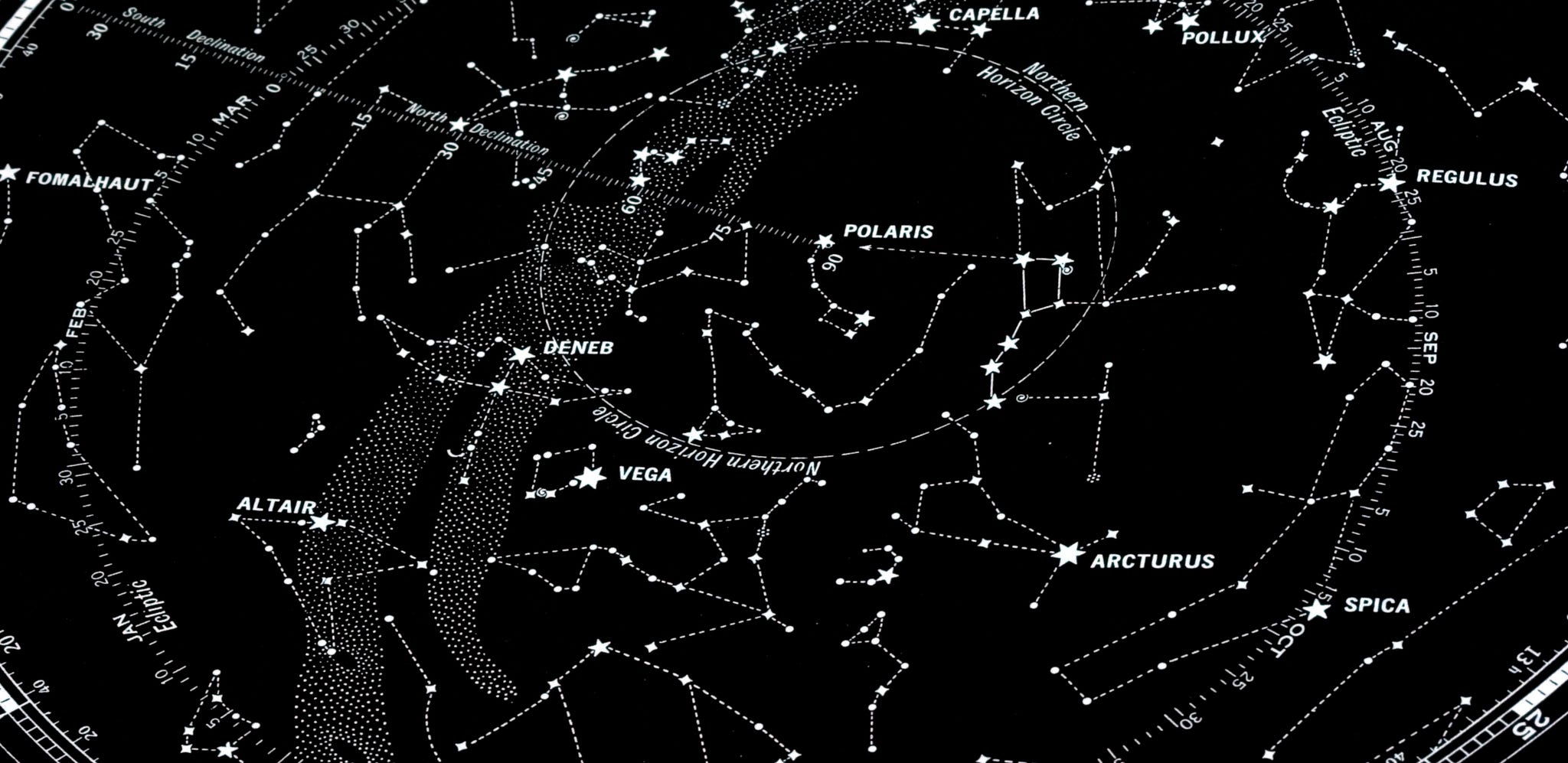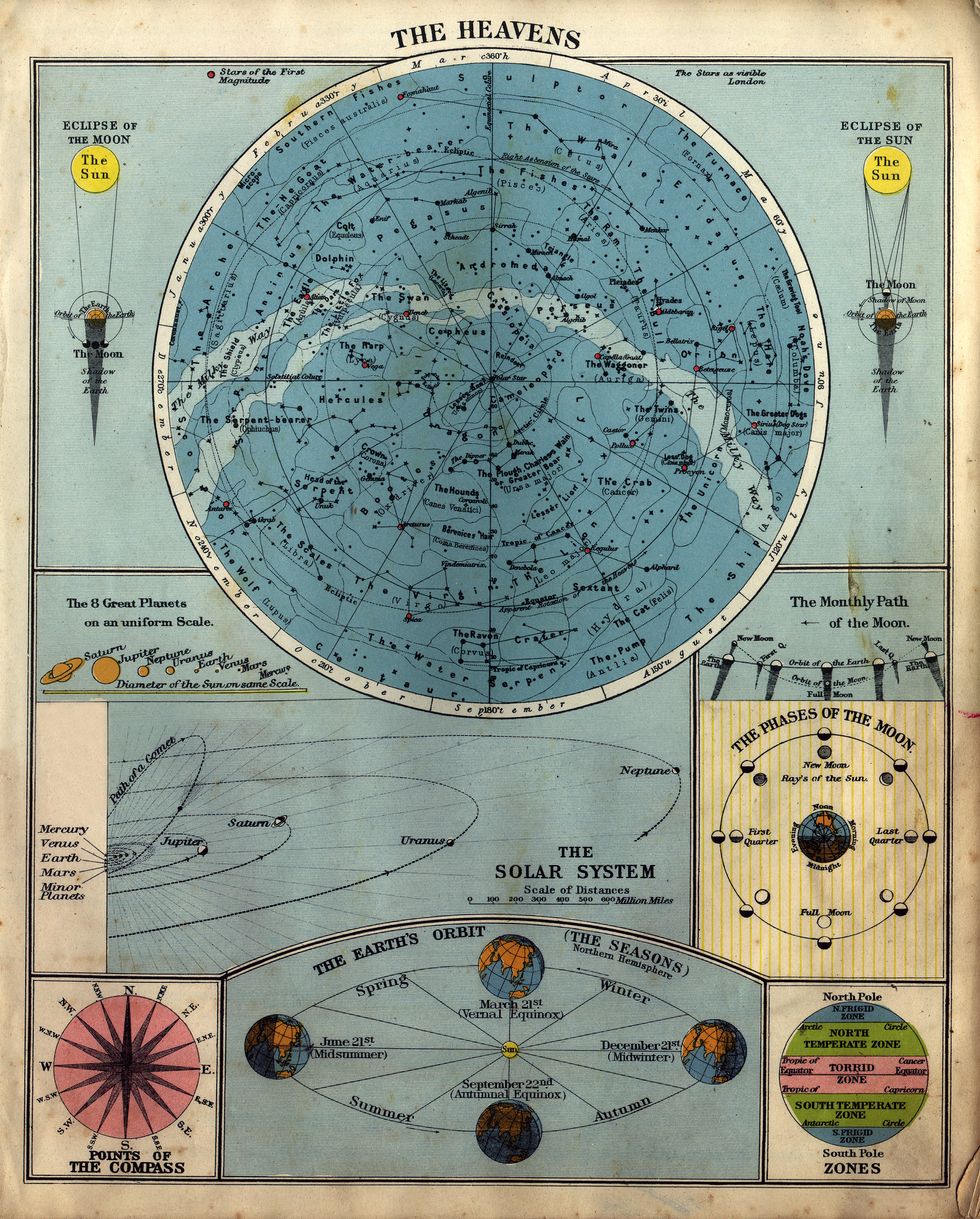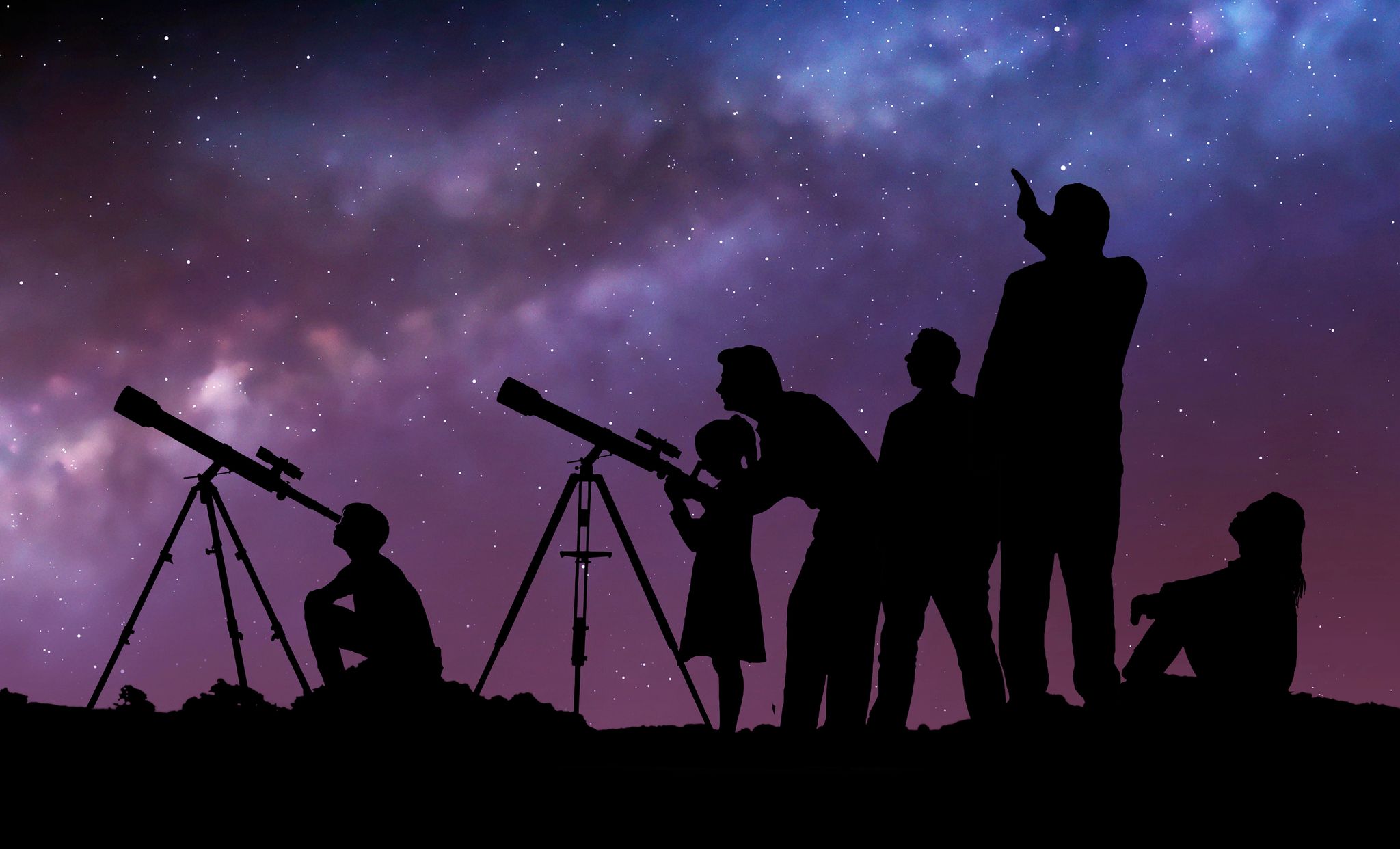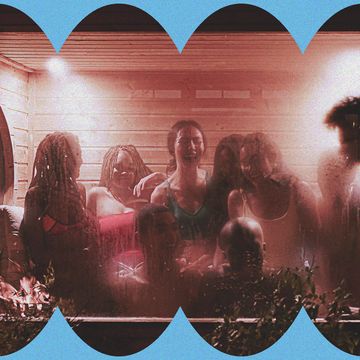If you find yourself searching for peace, calm, and a sense of purpose during this period of immense chaos, you’re not alone. While the world is still at a distance from a readily available COVID-19 vaccine, an emotional salve is available – free of charge – every single night. All you have to do is look up.
Stargazing – the simple act of looking at the stars – is perhaps the ultimate social-distancing experience, a chance to reconnect with nature and the world without having to leave your yard, balcony, porch, or sidewalk.
“The stars remind us that we are part of a larger universe,” says Dr. Richard Tresch Fienberg, who earned his MA and PhD in astronomy at Harvard University and currently serves as press officer for the American Astronomical Society. “Half your world is overhead, so why not look up and get to know it better? Our world is increasingly stressful. Looking up at the night sky in quiet and contemplation is a wonderful way to find inner calm.”
Seeking answers to our earthly woes in the skies above is ingrained in our beings, he says. This isn't just wistful thinking – a 2017 study from the Sloan Digital Sky Survey proved we really are all made from star-stuff.
“It's part of the human condition,” says Bart Fried, vice president, Amateur Astronomy Association of New York. “One might say that in one sense, religion – for many people – answers the question, why? Science, in general, answers all the other questions: who, how, when, and where?”
Stargazing is simple and accessible to most everyone, everywhere. Even with pervasive light pollution leaving few pristine views of the night sky, Dr. Laura Danly, curator of Griffith Observatory, Los Angeles, says it’s easy for anyone to take up amateur astronomy.
“I'm here in Los Angeles. I have city lights all around me and I still can see the planets,” she says. While you may not be able to see the dimmer stars or even the constellations, Danly says planets such as Venus are visible to the naked eye. “And the positions of the planets change over time. So, there's also this kind of getting in the rhythm of nature, watching night after night how things change in the sky. You can really see the clockwork of the solar system and get that feeling of being a part of it.”
The basics of stargazing
Taking up any new hobby can be expensive and, for many amateur astronomers, step one often involves buying a pricey telescope. Fienberg says that for those new to stargazing, however, the most important tools to start with are the ones you're born with.
“Your eyes are all you really need,” he says, “but it helps to have a sky map so you can learn your way around the constellations.” If you want to see more than you can see with your eyes alone, Fienberg recommends binoculars as a better beginner’s tool than a telescope. “They’re easier to aim, show more of the sky in one ‘gulp,’ and give a right-side-up view, whereas telescopes have tiny fields of view, making them hard to aim precisely, and they usually show the sky upside-down or mirror-reversed.”
The majority of stars that can be seen without a telescope are individual stars inside our galaxy. Once you familiarize yourself with the basics and begin to discover which planets, stars, and constellations are which, a telescope will provide the clearest, best look at the stars and planets in our galaxy, as well as those in other galaxies, too.
Fienberg recommends subscribing to a few astronomy magazines, such as Sky & Telescope and Astronomy, if for no other reason than to have access to their high-quality star maps. He also recommends buying a planisphere or “star wheel, which is a handheld multilayer cardboard and/or plastic device with a star map and a dial that you turn to match the current date and time – it then shows you a map for that moment.”
Another essential is a flashlight with a dim red-light beam to read your planisphere or star map in the dark without ruining what is referred to as your dark adaption: your eyes’ adjustment to the lack of light.
While stargazing is the perfect time to disconnect from screens, there are several apps that can enhance the experience.
“My favorite is Sky Safari,” says Fienberg, “but there are many others, some of them free. These apps show you the sky from your exact location at the current time (or any time in the past or future), and in whichever direction you’re looking. They can tell you what stars and planets you’re looking at, and they can give you lots of information about them, such as their distance and physical characteristics.”
Party with the stars
While stargazing as a solitary experience provides the opportunity to reconnect with the self and nature, sometimes it’s equally desirable to experience celestial awe in the company of others.
“A lot of times, I go out in the middle of the winter with no one,” says Fried. “It's freezing cold in the middle of the night, I'm in a field all by my lonesome, so I set up my telescope and I'll start doing my observing routine – whatever I wanna look at it. But if I see something really cool, sometimes I feel like it would be great if somebody else were there. I could point it out to them and share it with them, and so you miss that when you are a lonely astronomer.”
One way to meet other stargazers with whom to share the experience is to join a local amateur astronomy club.
“When you join a club, all of a sudden you've got 600 likeminded people to commune with, to associate with and to relate to about all the wonders that drew you to astronomy in the first place,” says Fried. “It's the people, it's not necessarily just the astronomy.” Clubs sponsor gatherings in which members convene to view a specific event, such as the recent comet NEOWISE. They also provide a community in which you can quickly gather a group to meet up for a night of stargazing, as well as lectures and workshops to learn from experts. It’s a great way to expand your knowledge and star-loving circle of friends.
Another more recent addition to social stargazing is star parties – a gathering of people, telescopes in hand, looking toward the stars together.
“A star party is really a simple thing,” says Fried. “We find a place and, if the weather's good, members show up with telescopes. And if it's a public star party, the word gets out ahead of time and the public comes, they line up behind telescopes, and they look at whatever is on display that night.”
Danly says star parties attract amateur astronomers who aren’t simply looking at what's in the sky, but those looking to talk about equipment issues, a new lens, new telescope filters, or to show off a new camera system.
“They get to talk about the things they love. It's the ultimate geek talk, but it's great fun,” she says.
During non-COVID-19 times, Griffith Observatory hosts regular star parties, which provide the added benefit of on-site experts.
“In addition to the amateur and professional astronomers and their telescopes, we have the general public who's also invited to share that experience and look through telescopes and talk to all of these people who are super enthusiastic,” Danley says. “You can have your pick of 25 or 30 different telescopes on the lawn and go talk to anyone to ask your questions about what you’re seeing. It's just like an open house. It's incredibly fun.”
The mental health benefits of looking up
Be it sky, ocean, or desert, Danly believes that connecting with nature in any form is vital to the soul. She recalled a moment from the previous evening. Her shed door had been accidentally left open, “and I went out [to close it] and just had a moment. I looked up, saw Jupiter and Saturn up there and it calmed me. It's so beautiful, and it's cold and pristine and distant and not part of the turmoil of this world. Emotionally and psychologically, it's incredibly grounding and calming. Just to enjoy the beauty. Even if you don't know what it is, it’s just as pretty, and beauty is purifying.”
Albert Einstein famously said, “The most beautiful thing we can experience is the mysterious. It is the source of all true art and science. He to whom this emotion is a stranger, who can no longer pause to wonder and stand rapt in awe, is as good as dead: his eyes are closed.”
The night sky inspires such awe, and capturing that sense of awe and calm we feel while stargazing has been found to turn us into better people. A study led by Dr. Paul K. Piff, Department of Psychology and Social Behavior, University of California-Irvine, found that those who experienced awe, including looking at the night sky, encouraged people to “forego their strict self-interest to improve the welfare of others.” In other words, it helped people realize how small they are the grand scheme of things and, in turn, increased their kindness and concern for others.
Awe also has been found to enhance creative thinking and increase generosity and the urge to help others. Lani Shiota, associate professor of psychology, Arizona State University, is a leading researcher in how the nervous system responds to awe. Unlike other positive emotions, which arouse the “fight-or-flight” response, her research found that awe has the opposite effect – it encourages people to stay and help. All of which inspires us to be better to each other and better guardians of our earthly home.
“It’s hard to be too self-centered when you think about the vastness of the universe and the fact that there are trillions of other planets out there,” Dr. Fienberg says. “You’ll often hear people say that the vastness of the universe makes them feel small and insignificant, but I think that’s the wrong way to look at it. Yes, the universe is unfathomably huge, but our eyes and minds are able to make some sense of it, which is remarkable. So, we’re not so insignificant after all – which means we have a real responsibility to be good stewards of our planetary home.”
Danly agrees.
“It's just a beautiful thing to do. I go out at night, even just to take out the trash, and it is there – the stars and sky. They are beautiful and they're reassuring – it's kind of like going to see my friends.”
There’s so much beauty to be found all around us, no matter how ugly the pandemic and politics might get in the coming months. By taking a moment to gaze beyond our lives here on earth, to witness the endless sky, we can choose to remind ourselves that we are part of something greater. We all are part of something magical and awe-inspiring. All we have to do is look up.
Matthew M. F. Miller is a freelance writer and author of Dad’s Guide to Pregnancy For Dummies. He is currently writing a weight loss book that tells the stories of people who have lost half their body weight and kept it off for more than 10 years.
Get Shondaland directly in your inbox: SUBSCRIBE TODAY

















